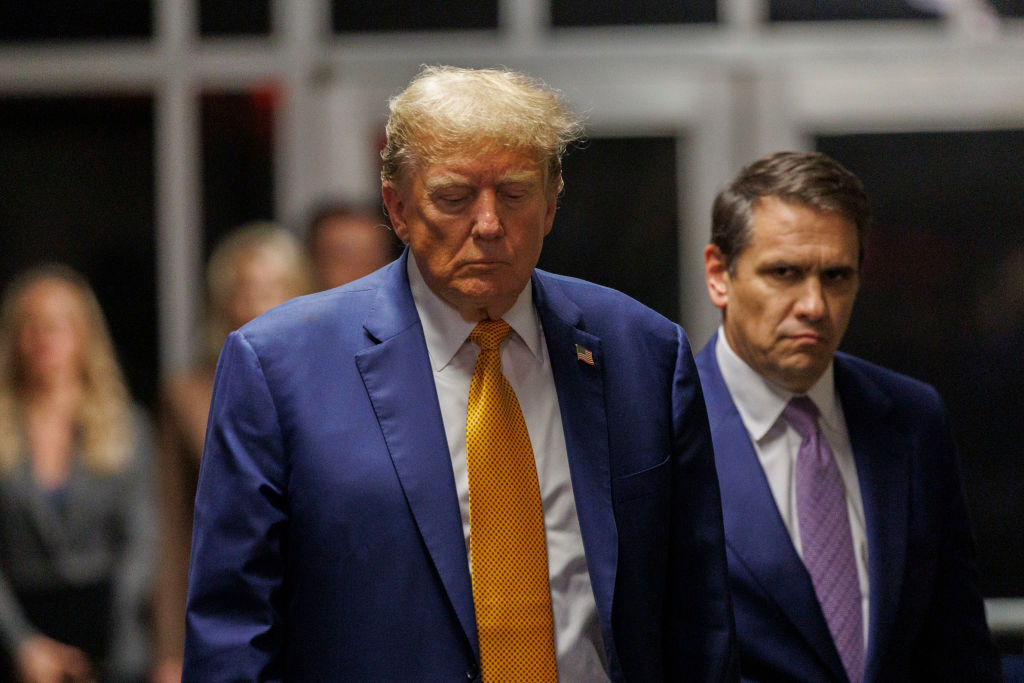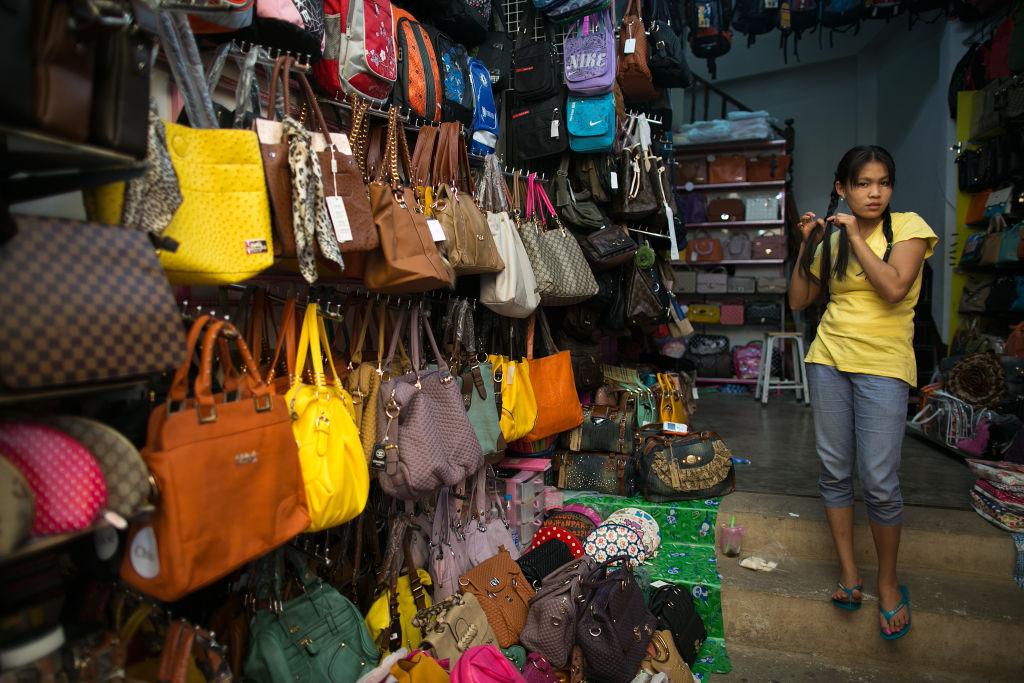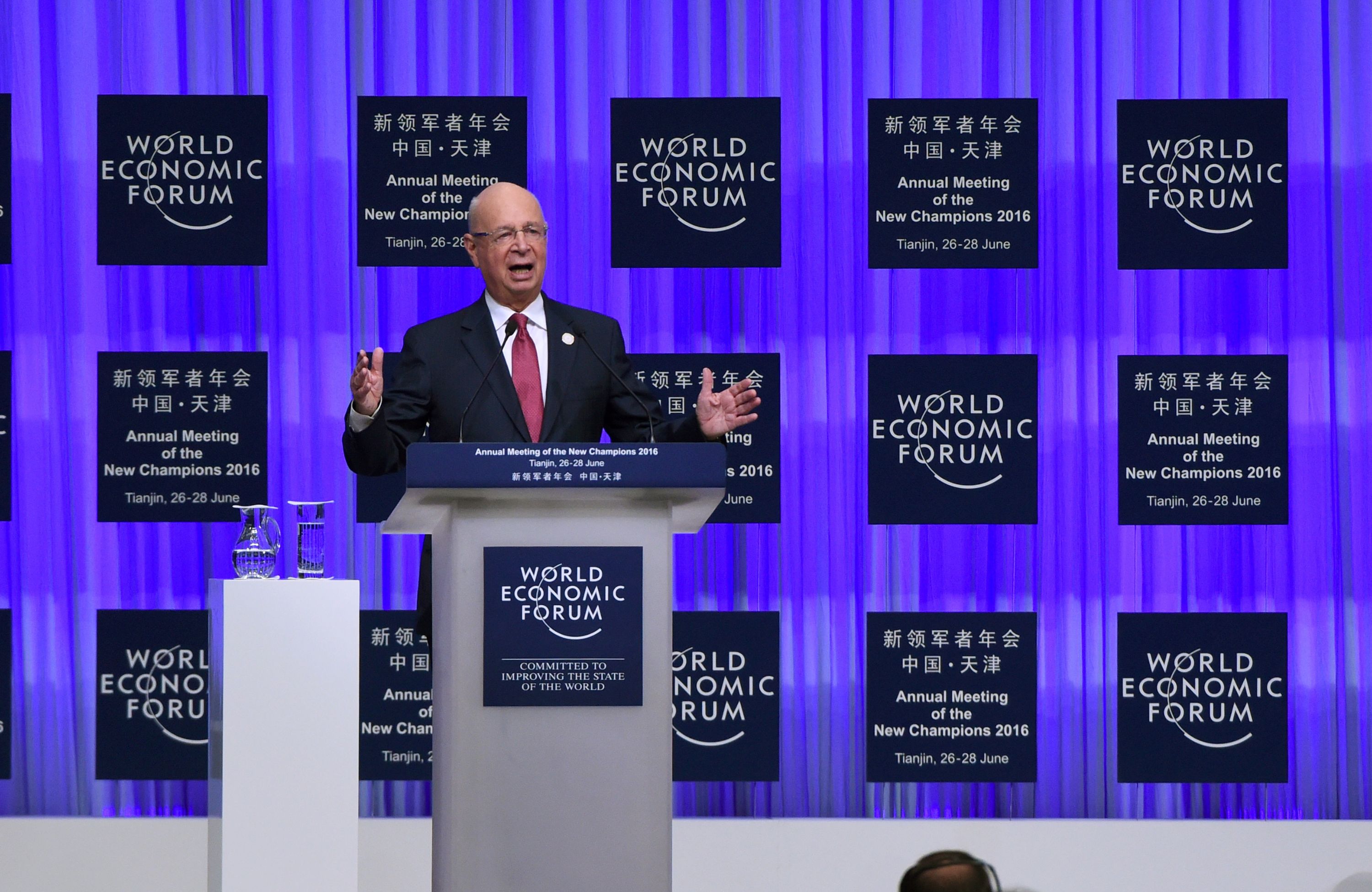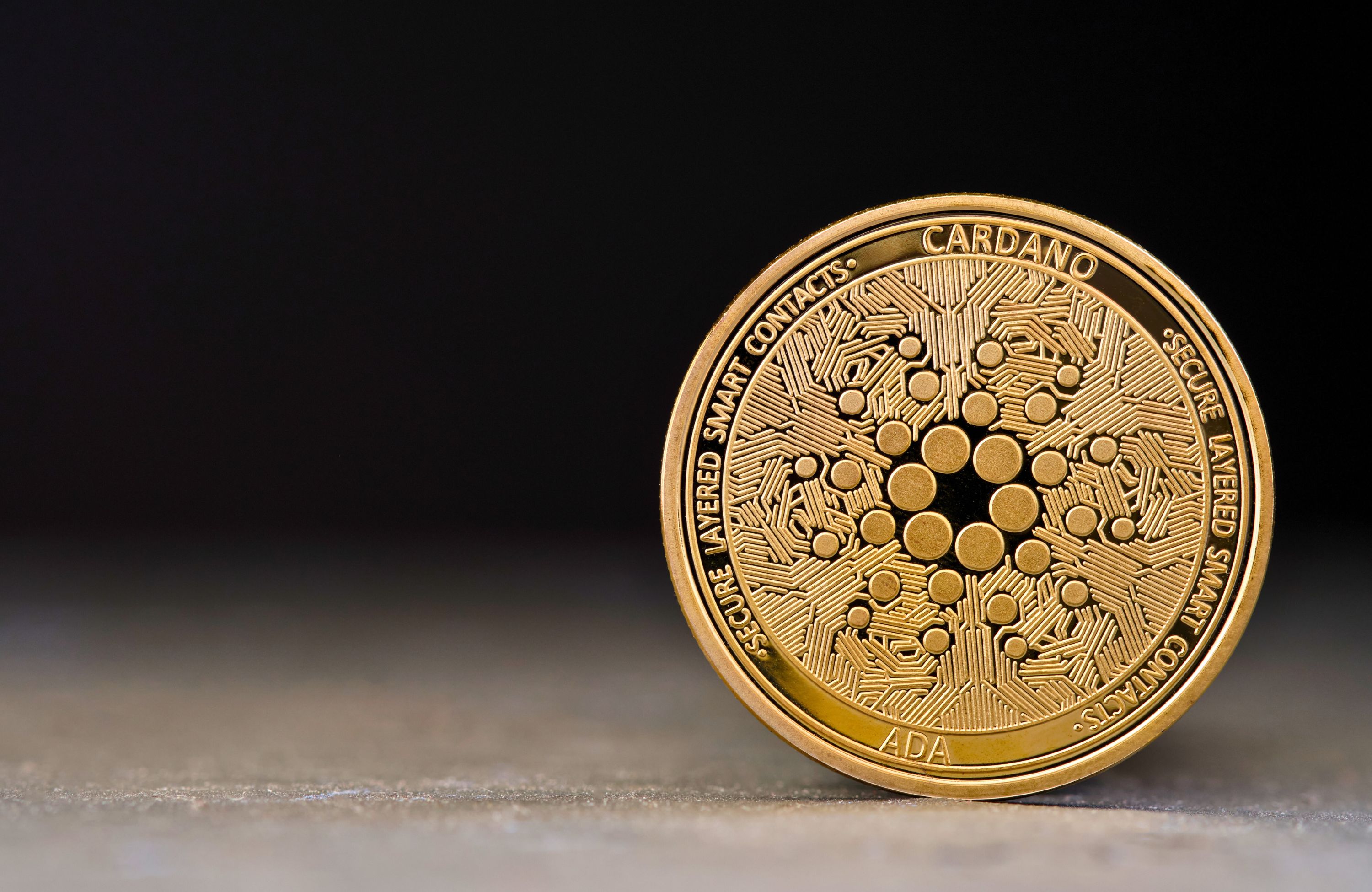Challenges of Internet of Things to Transform High Tech Marketing
Internet of Things has become big hype recently with the emergence of an interconnected device. This technology advancement has enabled our physical object to collect and exchange data between each others. Internet of Things or IoT opens a limitless window of opportunity in many business applications. However, there is so much homework before this technology is ready to be adopted, especially in the area of standardization and security.
The first business application for IoT was for FMCG (Fast Moving Consumer Goods) companies to speed up their supply chain management system. RFID is one of the enabling technologies that can make the idea happens. Simply because, unlike barcodes, RFID can communicate between tags and readers without any human intervention, thus providing a seamless flow of movement of goods and materials. As a technology built as a combination between cloud computing and RFID technology, IoT opens a lot of opportunities for business to adopt this technology for their business needs. One of the possibilities for business implementation of IoT is in high-tech marketing.
Many businesses will face the inevitable changes with Internet of Things. As reported by Forbes, the Internet of Things provide a more precise targeting of purchasing consumers. IoT enables the gathering of customers data and targeted market to be easier and more precise. A network of interconnected devices will share data of customer preferences based on their browsing habit. With the estimation of 50 billion objects to be inter-connected by the year 2020, can we imagine how much customer data will be available?
However, there also comes a concern of data breach within Internet of Things. Such concern needs to be addressed and was noted by PC World. One of the proposed solutions is to provide a cyber insurance for Internet of Things to drive Internet of Things standard. Jim Zerbe, head of Internet of Things product at Neustar, pointed machine to machine communication has relied on industry specific technology. As a result, it creates a vulnerable system that is prone to intrusion. He suggested as a means to strengthen the security of IoT, a standardization of technology is required.
The issue of standardization and protection of privacy regarding users data has become main challenges to Internet of Things. As IoT Journal mentioned, user's privacy must be seen as a requirement by design. Therefore, empowering users to authorize, manage and share their data is a requirement to expanding IoT adoption in more business segments.
Up to now, we are still waiting to see how the Internet of Things and its implementation comes to real life. It is still a long way to go, since there are so many things needed to be adhered to, having on the top priority list is standardization and security of data exchange.












